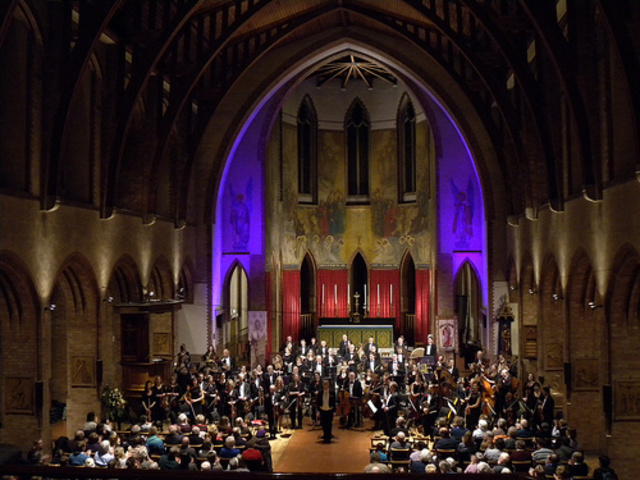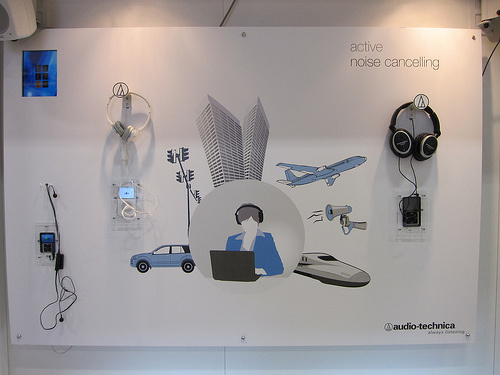Acoustics through Information Technology, Music, Architecture and Engineering - What's the Difference


But how does technology combine well with this? Information Technology and engineering combined produces a path for many opportunities in jobs in construction, IT, distribution, and sustainability. For students who want less maths equations and natural science then a Bachelor of Information Engineering Technology is the way forward for you. The program concentrates on database, networking, programming, web applications and computer security practical skills. With such a combination you can learn and create acoustics in ways you never knew; technical communication with project management.


Have you ever thought about underwater acoustics? How sound waves behave underwater is very different to how they behave when passing through air above the surface. The characteristics of water allow sound waves to be transmitted over hundreds of miles, making sound a vital tool for not only military purposes, but commercial too. Underwater acoustics can be used to map the ocean, to ‘see’ objects that are not possible otherwise. Sound waves are generated and flung across the ocean; vibrations giving indications of where different objects or pathways are. With so much still to discover about the ocean, underwater acoustics is a growing area of study.
As you can see from this small selection, there are plenty of ways sound can be studied and utilised. An acoustic musician might have the voice to win a million hearts over, but without the right acoustic engineer or the programmed information technology their performance will fall flat. Studying acoustics takes not only a great ear for sound, but brains and qualifications also, so get exploring the world of engineering!


 Jenny
Jenny






